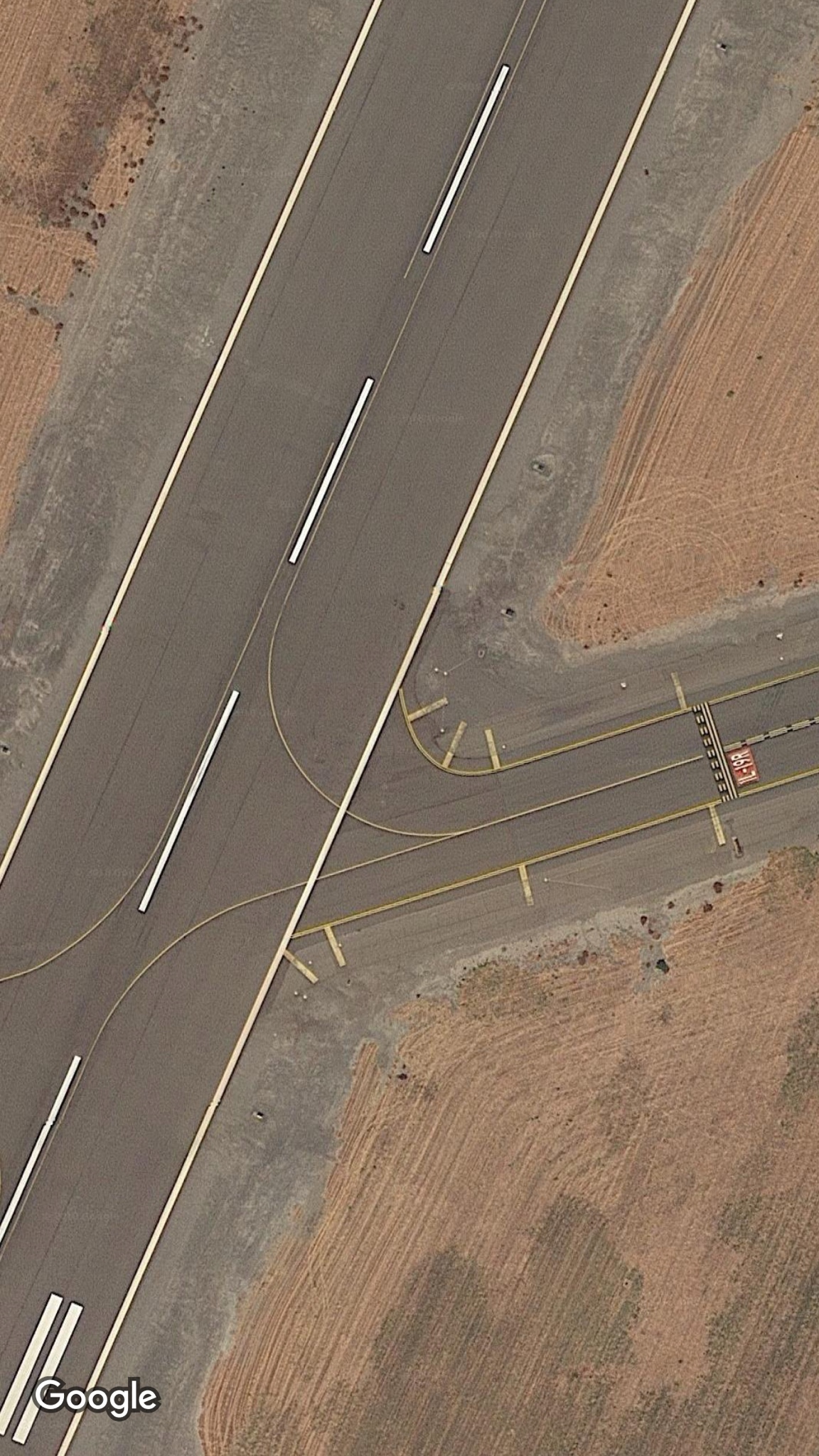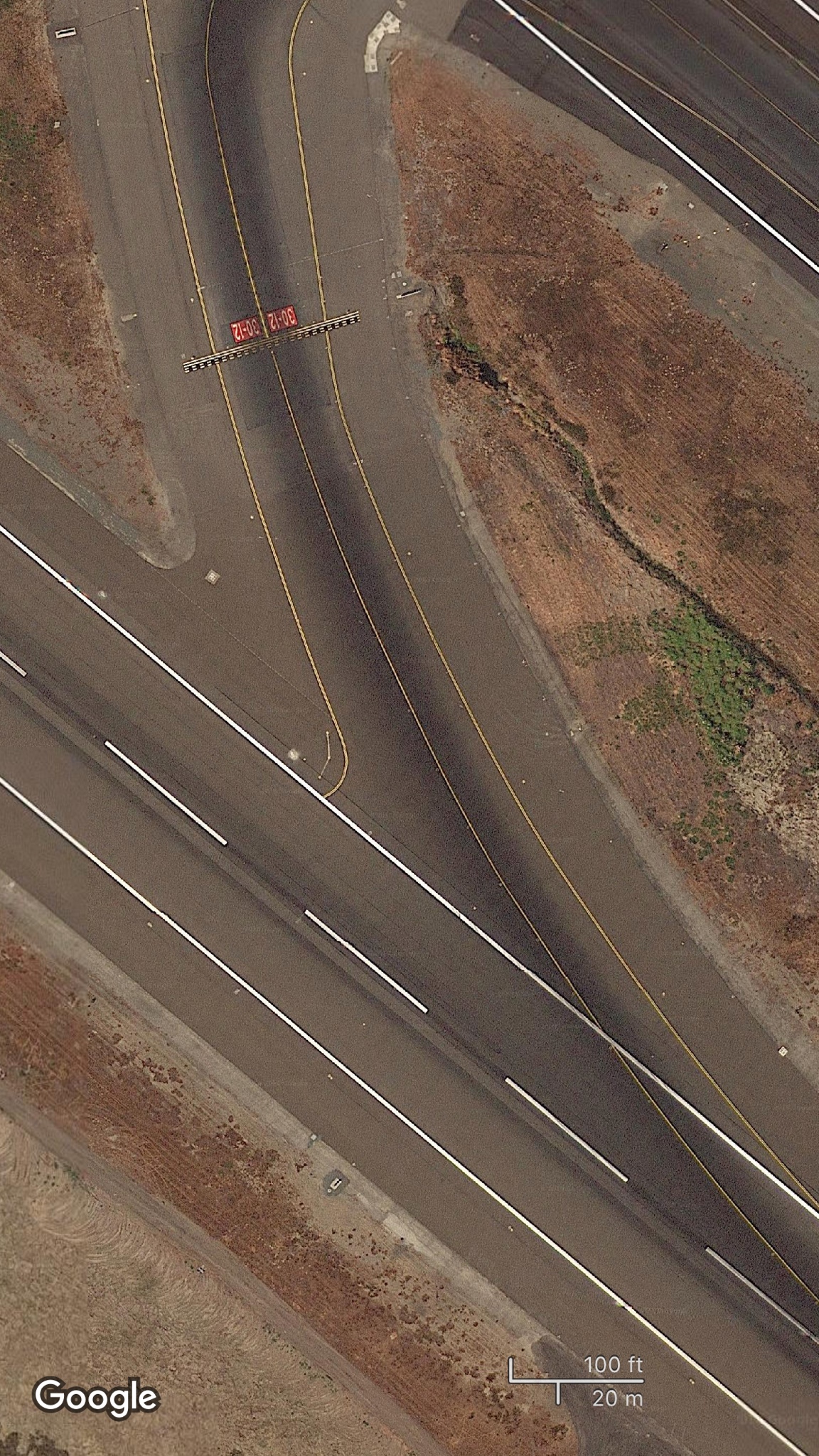Yeah, I'm ready to taxi when I call...here's but one example of
WHY:
I land at KSGF on 14. I clear the runway at Hotel, stop, contact ground and ask for permission to taxi to the self serve pumps. (which are at the extreme NE corner of the field at the end of Papa, at least they were, they're no longer there)
I'm cleared by Ground to to the pumps via Delta, Uniform, November, Papa, and cleared to cross 02/20. It can easily take quite some time to get to 02/20, especially if I'm instructed to yield to other taxiing traffic at various intersections along the way.
Note: This is not a hypothetical, this exact scenario has happened.
View attachment 59712




